When Quintard Mall Was the Biggest Climate-Controlled Space in Town
Before the theater, before the food court, before Sears took over Britt's corner, there was just a clean loop of storefronts in a building that smelled like terrazzo and fluorescent heat.
Quintard Mall opened in August 1970 with two anchors, 32 tenants, and a ceiling high enough to carry echoes. For Oxford, Alabama, it meant something new: a place to walk, browse, or sit without looking for shade. For a while, it was on the short list of things to do in Oxford, AL.
Floorplans and Footfall - Launching the 1970s Retail Center
The first version of Quintard Mall opened in August 1970.
James A. Grimmer, its developer, placed the structure at 700 Quintard Drive in Oxford, Alabama.
The mall began with two primary anchors: JCPenney and Britt's, a department store affiliated with J.J. Newberry.
The rest of the building housed thirty-two additional retailers.
Most tenants were national or regional chains.
The layout was single-story throughout, except in the anchor stores, which featured a second floor.
There were no movie screens yet. No food court either.
Just storefronts, concrete underfoot, and a design meant to keep foot traffic moving in a circle.
That detail made for a consistent shopper flow, which was important in a time when anchor-driven malls were still seen as a stable retail strategy.
In the early 1980s, Britt's closed. Sears took over the space by 1983, shifting from downtown Anniston to occupy the vacated anchor.
This marked the mall's first large tenant change. The polished concrete floors were replaced with terrazzo in 1985.
JCPenney remained unchanged. Most small tenants adjusted around the anchors.
By mid-decade, Quintard Mall had settled into its place as the only enclosed shopping center in Calhoun County.
The storefronts weren't flashy, but occupancy was steady. Expansion wasn't yet on the table.
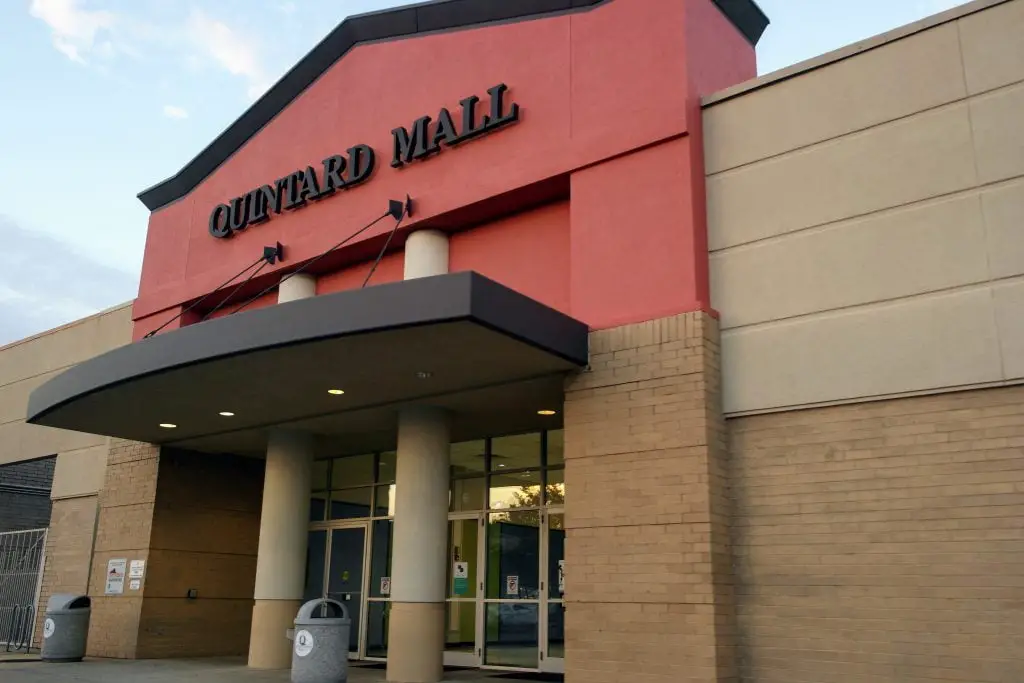
Permits, Delays, and Expansion Over a Creek (1986-2000)
Plans to expand Quintard Mall surfaced during the mid-1990s.
The structure had stayed mostly unchanged since opening, apart from minor floor upgrades and the anchor swap that brought Sears into Britt's old space.
But by 1995, the retail industry had shifted. Shoppers expected more: food courts, cinema options, fresher interior layouts.
Developers drew up blueprints.
The main obstacle was underground. Snow Creek, a drainage ditch running through the rear of the property, blocked construction.
Engineers couldn't build until it was sealed and covered.
That process turned into a long standoff with environmental regulators.
Permits took seven years. During that gap, the third anchor slot originally planned for Gayfers disappeared.
Dillard's had purchased Gayfers in 1998, altering the deal.
Construction resumed after that. By 2000, the new wing was complete. It added square footage, a food court, and a 12-screen AmStar Cinemas.
Dillard's took the anchor spot on the east end.
The expansion brought in new national brands and reshaped traffic flow, although the original ring layout stayed.
The inline tenant count increased. The mall, which opened with 32 stores, grew closer to 70.
The updated interior arrived without a full rebrand.
Quintard Mall kept its name. The new cinema became a draw, especially for late evenings and weekends.
It wasn't a fresh start - it was an overlay. One that had taken nearly a decade to complete.
Tenant Turnover and Market Retooling (2001-2015)
The early 2000s brought steadier foot traffic, but the tenant list began to cycle faster.
Goody's opened as a junior anchor in 2006, pushing into soft goods retail.
That added category breadth, but the brand itself didn't hold.
In early 2009, the entire Goody's chain entered liquidation. The Oxford store closed with it.
A year later, in March 2010, Goody's reopened under new ownership - same space, same name, different back-end management.
By this point, national trends had started to show.
Anchor stores nationwide were shrinking. Online sales cut into mall trips.
JCPenney stayed open. Dillard's held its spot. But Sears was under pressure.
Quintard didn't shift format during this phase. The indoor layout remained.
Marketing leaned more local. There were no major physical upgrades beyond routine maintenance.
Mall traffic wasn't collapsing, but it wasn't climbing either.
Many storefronts turned over quietly, switching signs without much ceremony.
On April 22, 2016, Sears Holdings issued a statement listing 10 Sears closures - Quintard's location was among them.
That call came late in the period, but the signs had built slowly.
The building that had once been Britt's, then remodeled in 1997 for Sears, now stood on pause.
No immediate tenant filled the anchor vacancy. Oxford's retail center of gravity had begun tilting toward newer builds like Oxford Exchange.
Still, Quintard Mall held onto its base. AmStar kept its schedule.
Dillard's and JCPenney didn't downsize. But the momentum had shifted, and space was starting to sit.
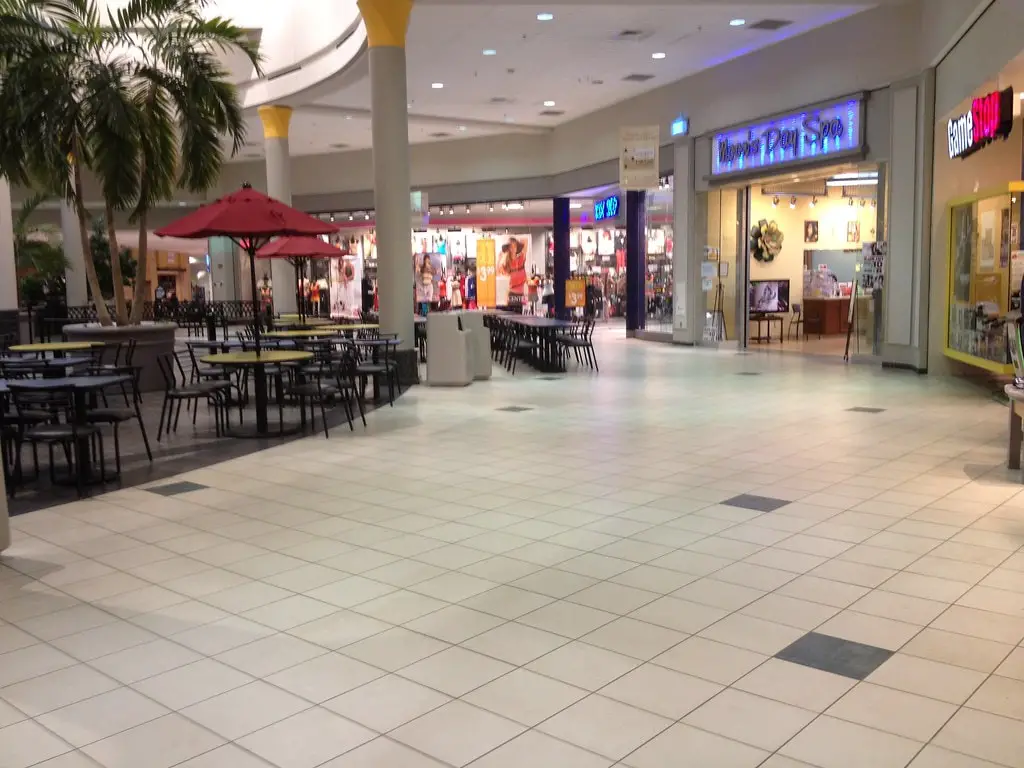
Demolition, Redesigns, and Exterior-Facing Retail (2016-2025)
Sears closed in July 2016. The building sat. Nothing replaced it. By 2019, that corner of Quintard Mall was gone - torn down to gravel.
Renovations followed. Not cosmetic ones. This time, they ripped out walls and carved new doors through old inline units.
Several tenants got outside-facing entrances. Retailers didn't need people to walk the loop anymore.
They wanted drive-up visibility, fast exits, and quicker sales.
The city got involved. Officials backed the idea of a "life center" - something looser than a mall, more flexible, maybe more local.
The plan carried a $55 to $60 million price tag. Outparcels filled first. Pads went to banks, chain restaurants, and service retail.
Dillard's stayed in place. So did JCPenney. AmStar kept running shows.
Inside, the central corridor still existed. Foot traffic slowed. The mall didn't die - but its shape stopped making sense for what people expected.
Fewer walkers. More errand stops. A different kind of busy.
The Sears wing never got rebuilt. No new anchor. Just pavement.
The new layout splits the difference between old-style indoor retail and newer standalone lots.
Quintard Mall still had one floor, but how people moved through it - and what they were moving toward - kept changing.
Retail Inventory and Commercial Viability in 2025
The mall's tenant count hovers near 35, but it's a mix.
Some storefronts operate on short leases. A few have shifted to external-only entry.
Others cycle out without much announcement. The days of anchor-first leasing have passed.
This is piecemeal retail now - pads, events, individual deals.
AmStar 12 runs late shows. It draws. Same with seasonal events. In March 2025, the East Alabama Boat Show set up inside.
In July 2024, Dillard's hosted a fashion walk for back-to-school.
Those weren't full-traffic days, but they mattered to local turnout.
Ownership hasn't changed. Hull Property Group still manages the site. Listings describe it as a hybrid retail property. Square footage is intact.
The Oxford Exchange across the highway has drawn attention.
But Quintard is still in play, on different terms.
Retail here doesn't look like it did in 2000, and the pace is slower.
The building is active, but no one's waiting in line.
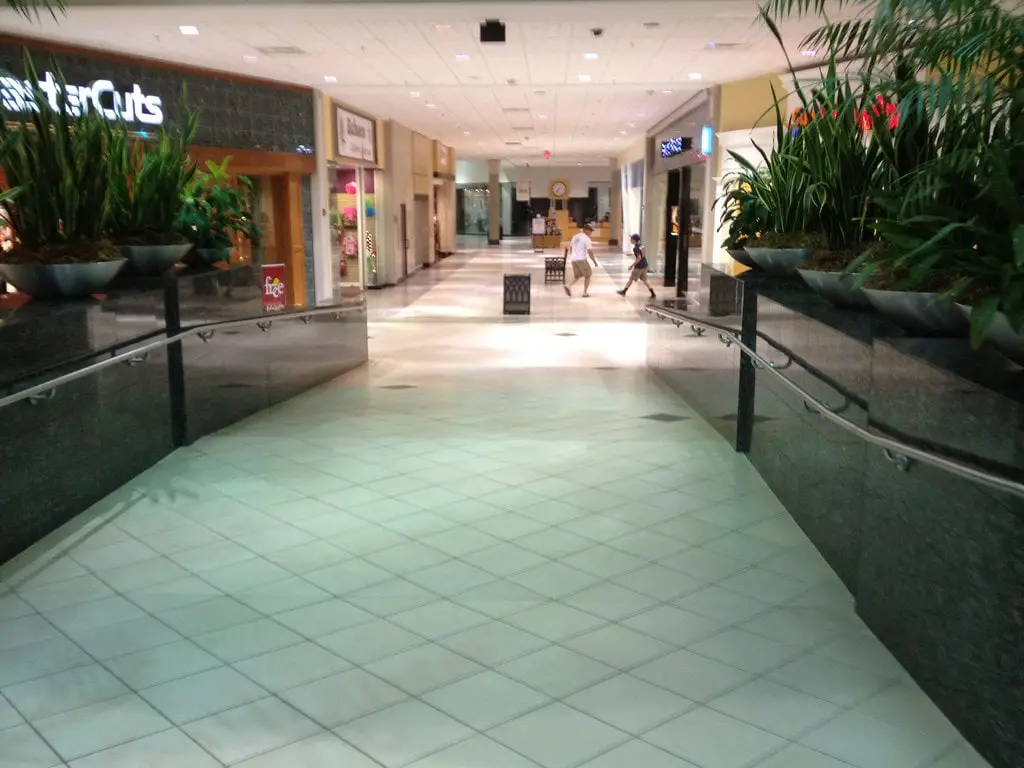
🍀


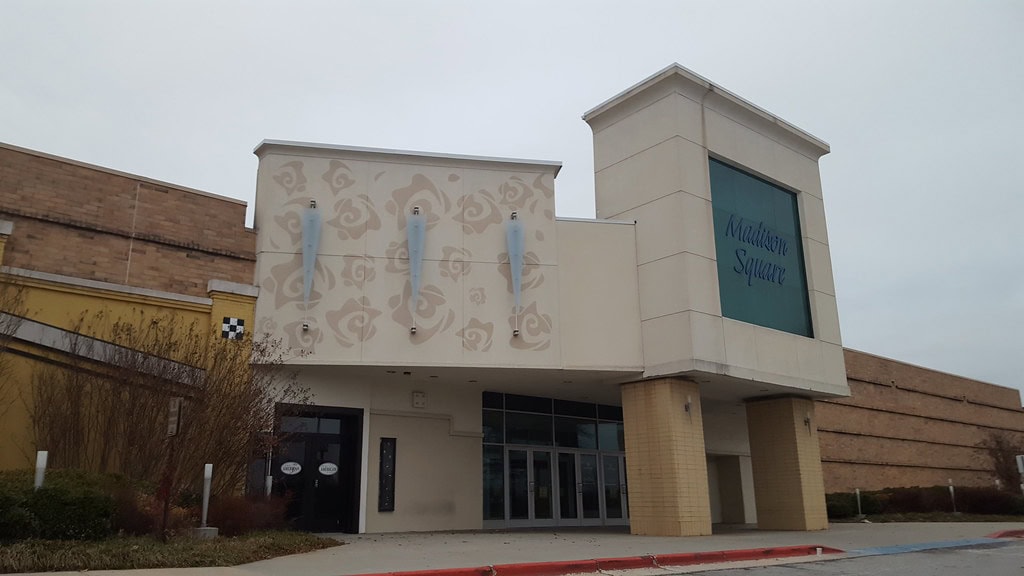
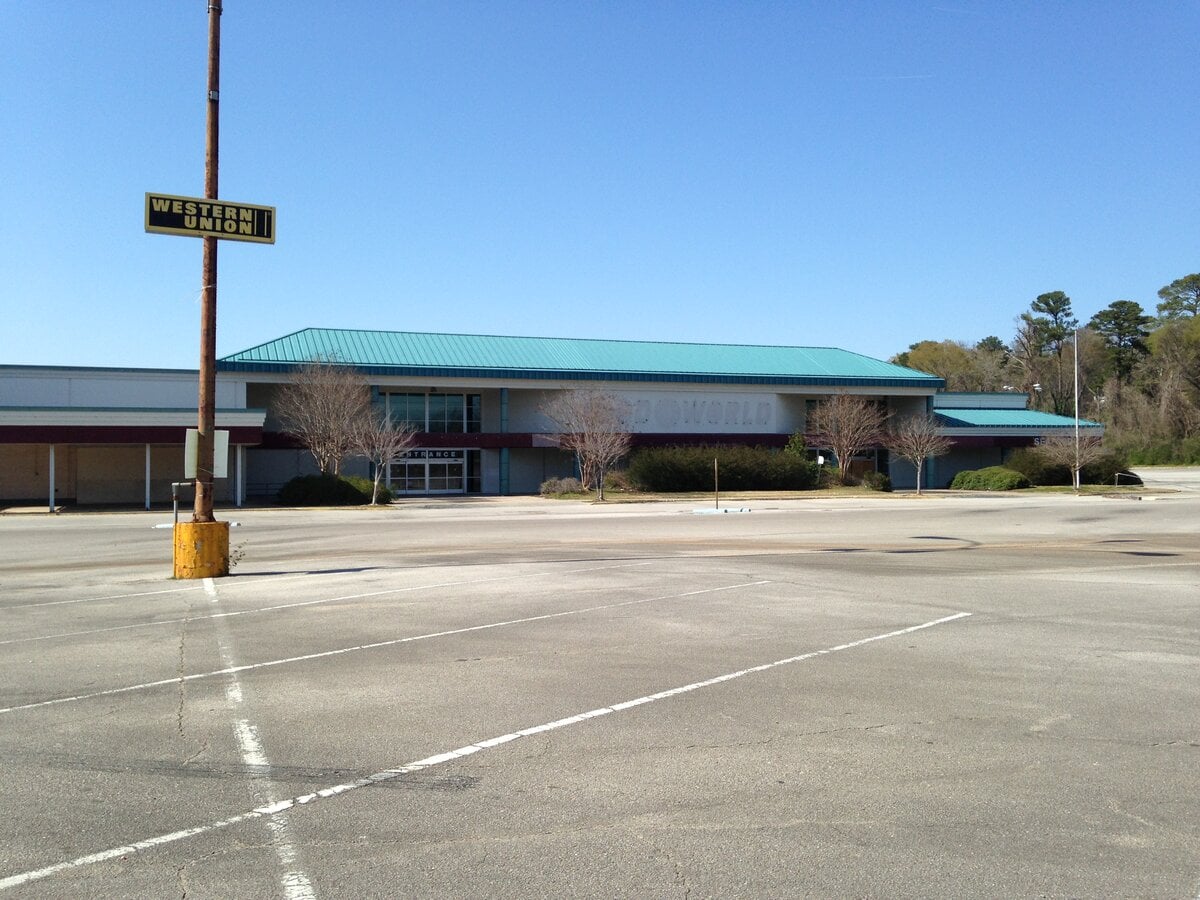
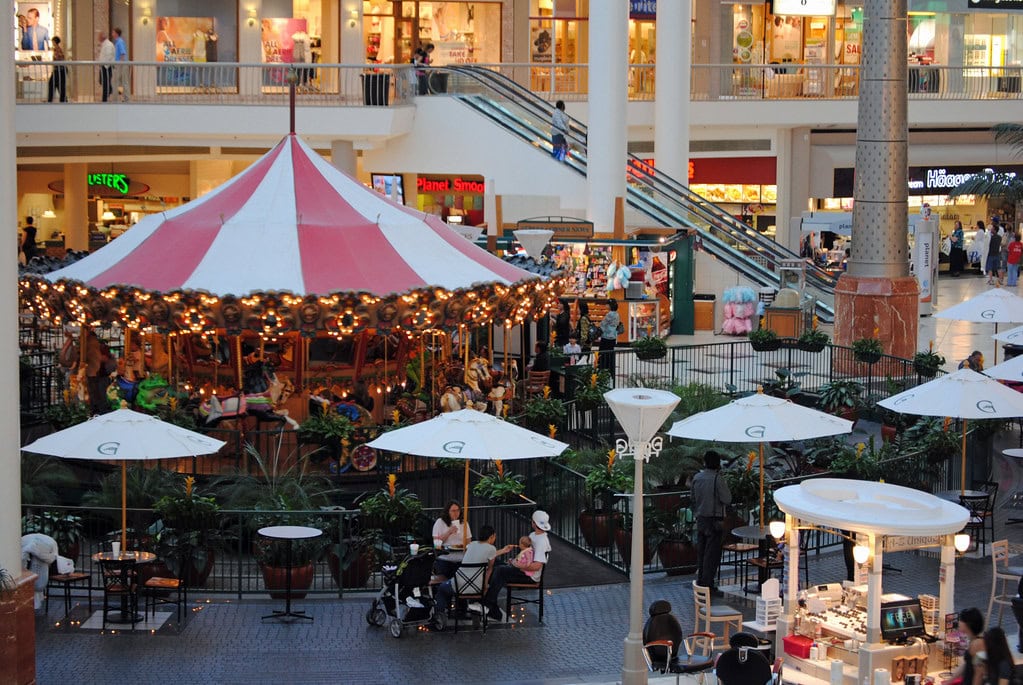
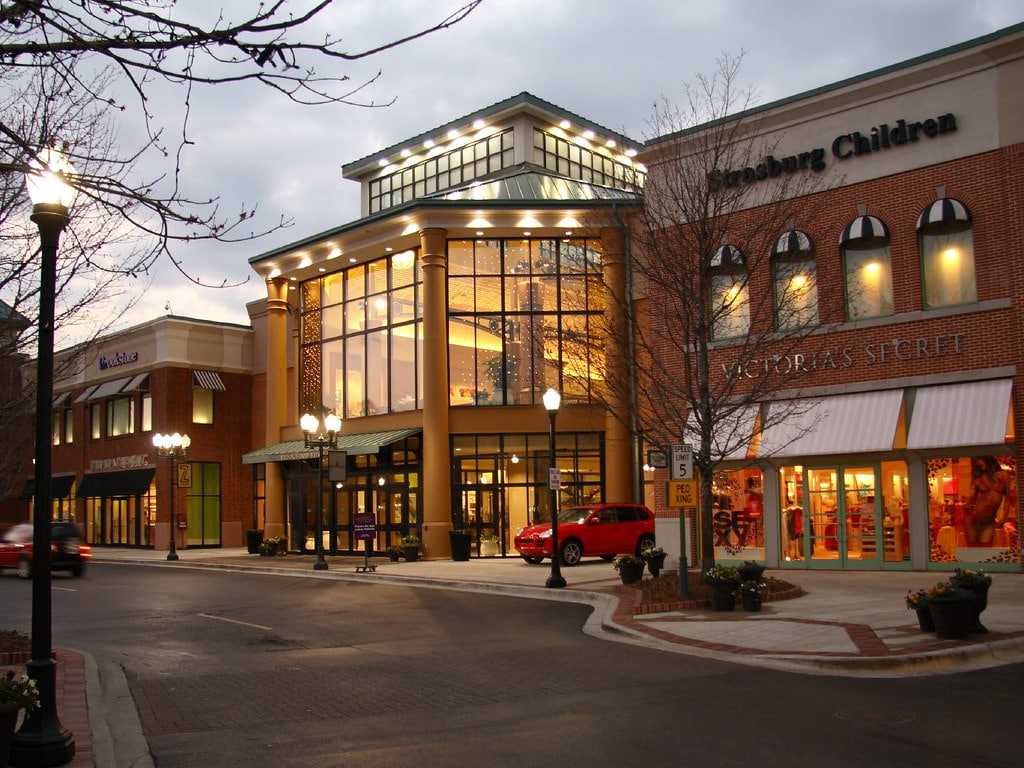
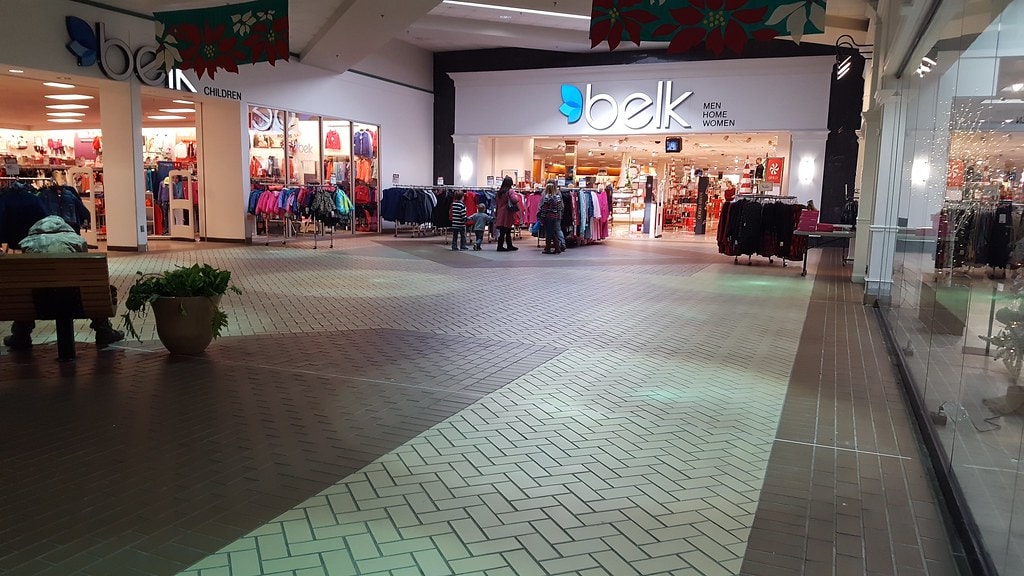
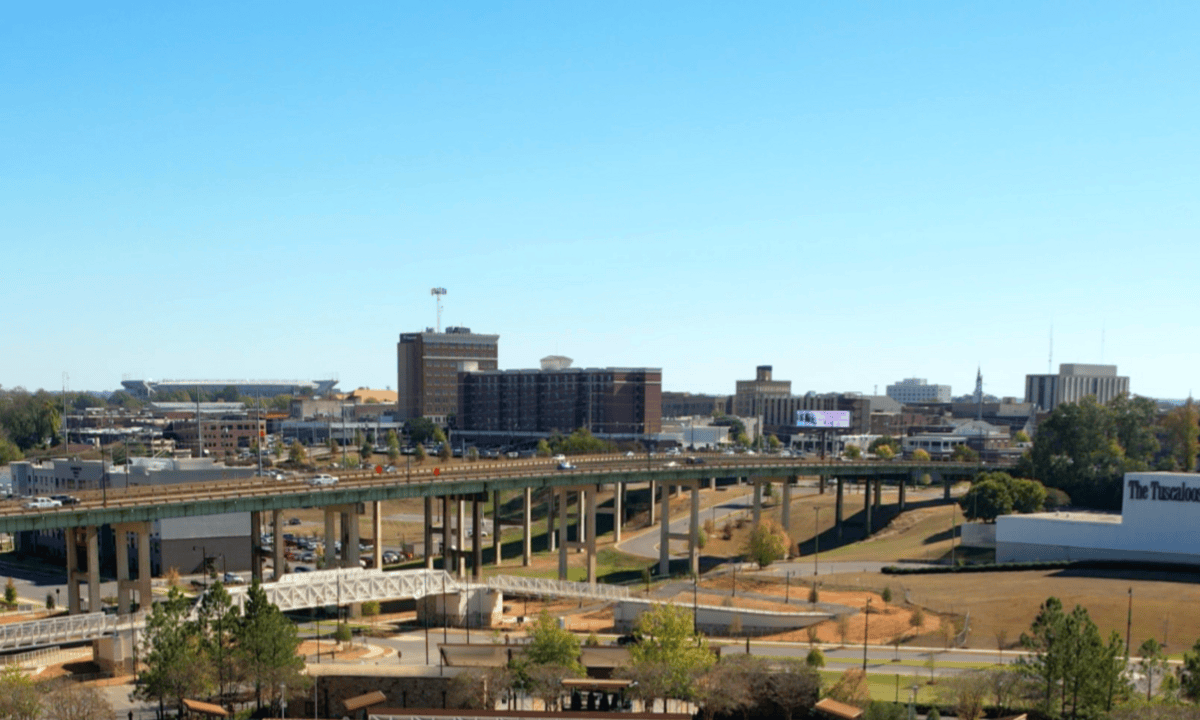
Give us something to go to
and we wlll shop there
( build it and they will come)
It's not the best place for
shopping unless it's pouring
rain Frankly. I miss what we
once had and will never have again
The "build it, and they will come" instinct still matters. But only if what's built fits the people nearby, not just a version of retail that worked twenty years ago.